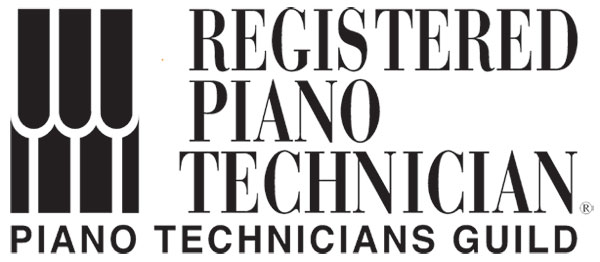 |
|
610 Amigos Dr., Redlands, CA 92373 909 796-4226 |
 |
|||
|
Bill Shull, RPT Catherine Lee, Manager |
|||
|
|
|
||||||||||||||||||
|
Serving the greater Inland Empire, Redlands, Loma Linda, Highland, San Bernardino, Riverside, Corona, Norco, Eastvale, Ontario, Rancho Cucamonga, Temecula,others Staying at home? No better time to buy a piano from Shull Piano and create beautiful music! |
|
FINISHING AND REFINISHING |
|||
|
Refinishing Services The modern American piano received a nitrocellulose lacquer finish, considered the highest quality finish available. We refinish these pianos with the same lacquer material, usually in a similar rubbed satin gloss finish. A high polish finish may also be performed in lacquer, for an additional cost. Developed commercially in the 1920s, its advantage is that it is both chemically resistant, as well as easily touched up or removed. It can be redissolved in its on solvent, such as lacquer thinner or acetone. European and Asian pianos have received high-polish polyester finishes for several decades. This is a finish best applied in the factory, although we can vend this work to a finisher skilled in polyester finishing. The greatest disadvantage of this finish is its lack of reversability; that is, it is nearly impossible to remove this finish. Shellac, French Polish One of the most time-tested finishes, this material was most common prior to 1880 on wood furniture. Like lacquer, it is redissolved in its own solvent; unfortunately that solvent, alcohol, is in alcoholic beverages, which, when spilled, damage the finish. However, other than this disadvantage, shellac has longevity, beauty, and ease of repair. It is commonly used as a sealer, but can be a fine final finish. Sprayed or brushed, shellac is applied quickly and dries moderately quickly. Applied with a cheesecloth ball in circular motions, it is called “French Polish” and has a finer opacity and sheen, and is considered the highest level finish with antique cabinets. Shellac is often used as a repair finish over other finishes, especially in restoration. French polishing techniques can bring up an extremely high shine with little opacity. Conservation-influenced Finishing Antique pianos with original finishes should be given careful consideration for finish conservation: retention of the original finish, restoration of the existing finish with conservation techniciques. We especially recommend that older pianos with potential for antique or historical significance be kept from irreversible finishes such as polyester or polyurethane. We follow these guidelines in our consultation and work. A Brief History of Piano Finishes Most finishing materials before the late 19th century were related to the product of the lac bug, or shellac. This finish aged well, maintained its film strength, and continued to be attractive even after it began to deteriorate. It is alcohol based, and can be redissolved and restored easily. Sprayed, brushed, or rubbed on (“French Polish”), the latter technique is considered the highest end restoration finish Sensitivity to alcohol resulted in the development of a more chemically resistant finish, the spirit varnish, and varnish finishes. Pianos from the late 19th century until the 1920s added oils and achieved more complex molecular crosslinking in the drying process. These finishes had depth and beauty, as well as very high chemical resistance. They could be finished to a high luster, but aged with sever checking, or “alligatoring.” Their main drawback was their long drying time, causing the finishing process to be the longest of the piano building procedures. Frustration with the cost of drying times, a collaboration with Dupont resulted in the commercial development of a finish which dries quickly like shellac, but has more chemical resistance. Nitrocellulose lacquer became the furniture finish of the 20th century in the U.S. It continues to be the finish of choice for piano refinishers. It is now regulated as a pollutant by air quality districts. Compliant materials today have less body or solids content than in the past, but are usually pre-catalyzed for quicker drying and better film strengh, though the latter has never been a strong suit of lacquer. Other materials have been experimented with to emulate lacquer but with less or no environmental impact. Water-based lacquers have improved over the last 20 years; some finishers use water-based lacquer exclusively; recent formulations permit chemical bonding between coats, an advantage nitrocullose lacquer and shellac have had in the past. Although improvements in final quality have been made, the highest quality results are still difficult to obtain with water-based lacquers, but asthetically pleasing finishes are obtainable. Modern polyester finishes were developed in Europe in the 1930s abd 1940s along with the development of early epoxies. Pianos in Germany began to be finished in these catalyzed finishes, and this type of finish became the standard finish as the world of piano building moved to Asia. Large commercial piano restoration shops in Europe, and more recently, domestically, have capable polyester refinishing shops, and have provided retailers a high level of cabinet restoration, though discrimination should be used by the piano owner so as not to finish antique pianos with this irreversible finish.
|
|||